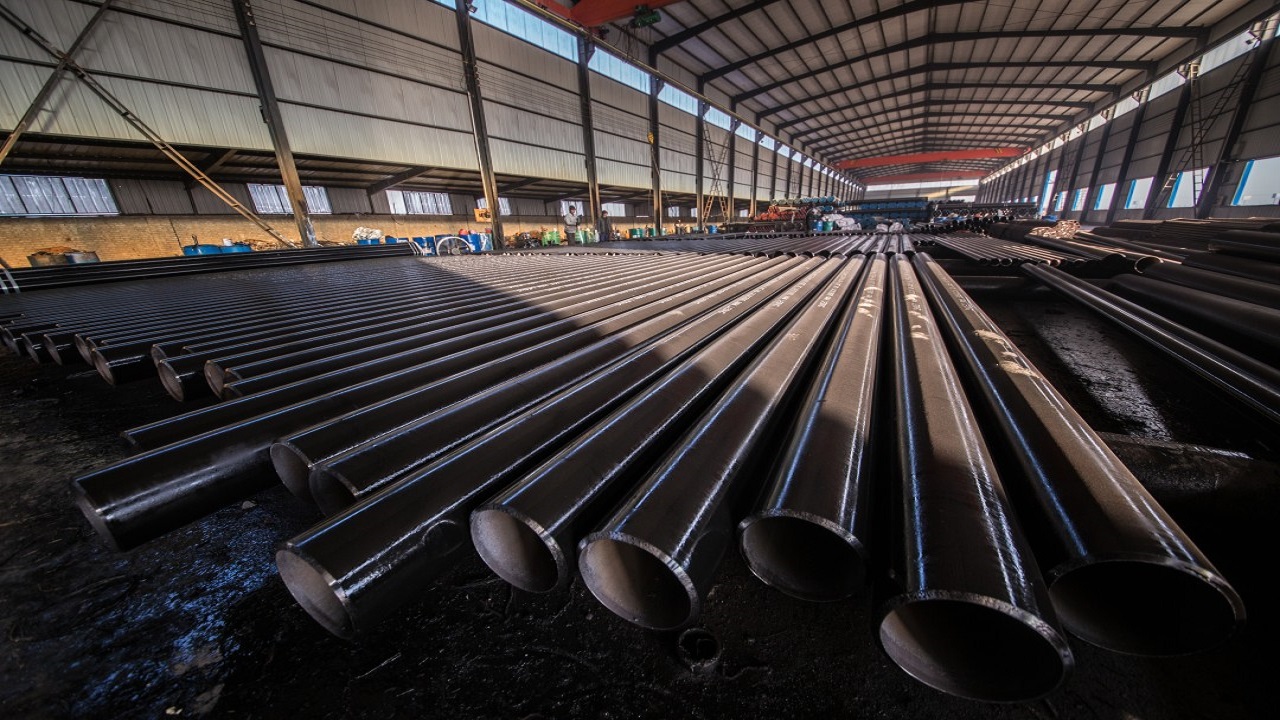In the realm of plumbing and pipeline systems, the importance of pipe fittings cannot be overstated. These essential components serve as the connective tissue, enabling the seamless assembly and functionality of pipelines in various industries. With a multitude of options available in the market, navigating the diverse landscape of pipe fittings can be a daunting task. Fortunately, modern resources, such as a reputable website dedicated to plumbing supplies, provide a comprehensive platform for exploring the myriad of fittings tailored to specific needs and applications.
Understanding Pipe Fittings: The Building Blocks of Pipeline Systems
Pipe fittings serve as the crucial linkages that facilitate the flow of fluids within a pipeline network. Whether it’s joining pipes together, changing direction, or regulating flow, these fittings play a pivotal role in ensuring the efficiency and integrity of plumbing systems. From residential plumbing installations to industrial pipelines, the selection of appropriate fittings is essential for achieving optimal performance and durability.
Types of Pipe Fittings
The diversity of pipe fittings available in the market reflects the wide-ranging requirements of different plumbing applications. Here are some common types of pipe fittings:
Elbows
Elbows are used to change the direction of a pipeline, typically at a 90-degree or 45-degree angle. They are available in various materials such as metal, PVC, and copper, catering to different piping systems’ needs.
Tees
Tees are T-shaped fittings used to create branches in a pipeline, allowing for the diversion of flow into multiple directions. They are crucial for distributing fluids to various sections of a plumbing system.
Couplings
Couplings are used to join two pipes together in a straight line. They come in various configurations, including threaded, compression, and push-fit couplings, offering versatility in connecting pipes of different materials and sizes.
Reducers
Reducers are fittings used to join pipes with varying diameters so that the flow volume can change smoothly. They are frequently employed in situations where adjusting the pipe size is necessary to meet particular specifications.
Flanges
It is simple to assemble and disassemble pipe systems with flanges, which are circular, flat fittings with uniformly spaced bolt holes. With their ability to securely connect pipes, valves, and equipment, they are frequently employed in high-pressure and high-temperature applications.
Choosing the Right Pipe Fittings
Selecting the appropriate pipe fittings requires careful consideration of factors such as material compatibility, pressure rating, temperature range, and application-specific requirements. Consulting with knowledgeable professionals or utilizing online resources provided by reputable websites can help in making informed decisions regarding the selection of fittings best suited for a particular plumbing project.
Quality and Reliability: Ensuring Long-Term Performance
When it comes to pipe fittings, quality and reliability are paramount. Inferior fittings can compromise the integrity of a plumbing system, leading to leaks, failures, and costly repairs. Therefore, it is essential to invest in fittings manufactured by reputable brands known for their adherence to industry standards and stringent quality control measures. Reputable websites often offer a wide selection of top-quality fittings from trusted manufacturers, providing customers with peace of mind regarding the performance and durability of their plumbing systems.
Conclusion
In conclusion, the diverse array of pipe fittings available in the market underscores the complexity and versatility of modern plumbing systems. Whether it’s for residential, commercial, or industrial applications, the selection of the right fittings is crucial for ensuring the efficiency, reliability, and longevity of plumbing installations. By leveraging resources such as websites dedicated to plumbing supplies, individuals and businesses can explore a vast selection of high-quality fittings tailored to their specific needs, ultimately contributing to the seamless operation of plumbing systems across various sectors.

